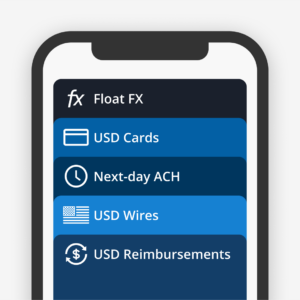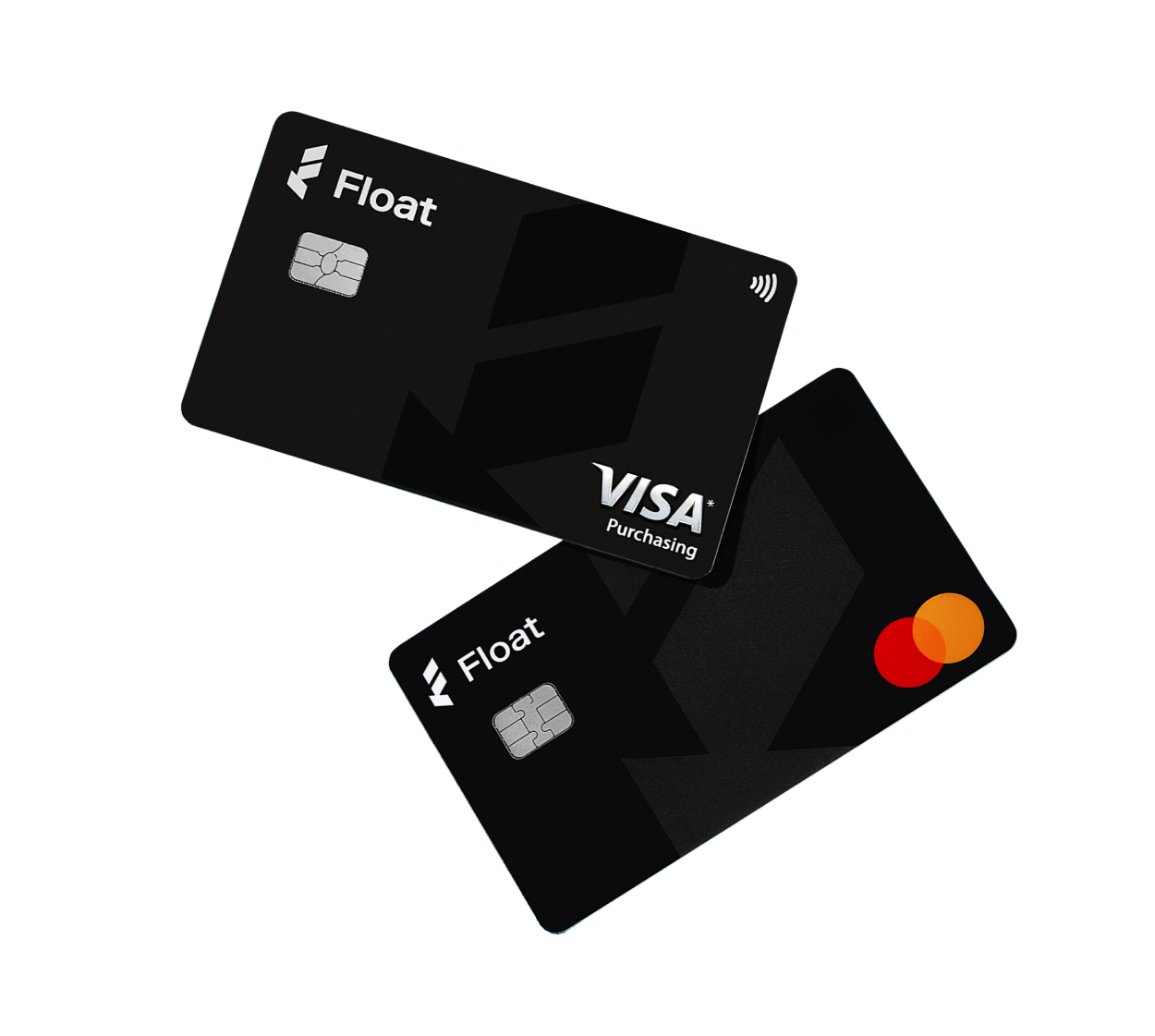Financial Controls & Compliance
Top 10 Small Business Deduction and Expenses to Claim in 2025
Discover the top 10 small business tax deductions for filing in 2025. Learn how to maximize your savings and reduce taxable income with these essential deductions.
March 25, 2025

Taking advantage of the Small Business Deduction (SBD) and claiming business expenses on your taxes can save you some serious cash. If you don’t know what if you qualify for the SBD or what tax deductions are available for companies like yours, you could be paying more taxes than you need to—money you could be spending on growing your business.
In this article, we’ll explain how to get the Small Business Deduction Canada provides to eligible companies. We’ll also offer an overview of some of the main tax deduction categories for small businesses and give you a list of the top small business tax deductions you can (and should) claim when you file your taxes this year.
What is the small business deduction?
The Small Business Deduction (SBD) is a rate reduction tax benefit for small- and medium-sized businesses that reduces the total corporate income tax you owe in a given year. It’s a pretty sweet deal. Normally, Canadian corporations pay the federal tax rate of 15%. With the SBD, companies can get a reduced tax rate of 9% on up to $500,000 of active business income (ABI)—the total income generated from your business operations for the year.
How to qualify for small business deduction
Depending on the size and type of business you run, figuring out if you qualify for the SBD can be kind of complex. We’d definitely recommend reaching out to a tax professional to see if you can take advantage of this benefit.
The Small Business Deduction Canada offers is only available for Canadian-controlled private corporations (CCPCs). This means that businesses controlled by one or more non-residents (i.e., one of the owners is from the US) or another public corporation aren’t eligible. Those that list shares on the stock exchange also aren’t eligible.
To qualify for the SBD, your business must have less than $10 million in taxable capital employed in Canada across all associated corporations. Taxable capital is different from taxable income. Capital refers to the total financial resources you use to generate income for your business—including shareholder’s equity, surpluses and reserves, and loans and advances received during the year.
If your business has between $10 million and $50 million in taxable capital, you can still take advantage of the SBD benefit. However, the amount of ABI that qualifies for a reduced tax rate goes down as taxable capital increases. Earning over $50,000 in aggregate investment income also lowers the total ABI that qualifies for the reduced tax rate. If you earn over $150,000 in investment income (very impressive), you can’t get the SBD.
Each province and territory has its own SBD benefits that can reduce the provincial tax you owe which kicks in if you qualify for the Small Business Deduction Canada offers.
NOTE: The SBD only applies to incorporated businesses. Sole proprietors and partnerships are taxed differently and don’t qualify for the SBD.
Learn more about Float
Get a 10-minute guided tour through our platform.
What are the tax deduction categories for small business?
In addition to the federal and provincial Small Business Deduction, you can also deduct or “write off” business-related expenses to reduce your total taxable income, therefore reducing the total tax you’ll pay. Generally speaking, any money you spend to run your business is considered a business expense. You might be tempted to claim your daily espresso as a business expense—how would your company function without caffeine?—but the Canada Revenue Agency (CRA) has some rules around what you can and can’t deduct from your taxable income.
It’s smart to organize your transactions into the categories recognized by the CRA as you go, rather than waiting until month-end or *shudder* until you need to file your taxes. This makes closing your books at the end of the month way less stressful. When tax season rolls around, you can easily report your properly-categorized expenses and claim them.
Your accounting software might have some built-in expense category suggestions that should align with the CRA categories. If you’re tracking expenses manually with a spreadsheet, you might want to familiarize yourself with the official CRA categories so you can label your transactions accordingly.
The CRA has a comprehensive list of all the types of expenses businesses are allowed to claim as a deduction. Here are a just a few tax deduction categories that might apply to your small business:
- advertising
- business tax, fees, licenses and dues
- business-use-of-home expenses
- capital cost allowance
- delivery, freight and express
- fuel costs
- insurance
- interest and bank charges
- legal, accounting and other professional fees
- maintenance and repairs
- management and administration fees
- meals and entertainment
- long-haul truck drivers
- motor vehicle expenses
- office expenses
- rent
- salaries, wages and benefits
- supplies
- telephone and utilities
- travel
FYI, the deadline for small businesses to file taxes is usually April 30 each year, although sole proprietors typically have until June 15 (though they are not eligible for the SBD). Corporations need to file their taxes six months after the end of their tax year.
Top 10 small business tax deductions
If you’re wondering, “What can I write off on my taxes?” you should check in with an accountant or tax expert who can ensure you’re claiming the right expenses—and help you identify expenses you might not realize you can claim. You definitely don’t want to miss out on tax savings you could reinvest in growing your business.
Beyond the SBD, here are 10 small business tax deductions that can help you reduce your taxable income, including a few you might miss when you’re getting your expenses together at tax time:
1. Salaries, wages and contractor fees
You can deduct the gross salary you pay your employees—which is their salary before taxes, benefits and any other payroll deductions that come off their paycheque. You can also claim any payments made to contractors or freelancers who provided services for your business, like a designer you hired to update your website.
2. Cost of goods sold (COGS)
If you make and sell physical goods or run a food-based business, you can claim the supplies, materials, ingredients and packaging you use to create the products you sell. If you run a service-based business, you can also claim the cost of supplies you use to get the job done. For example, a cleaner can claim the cost of the cleaning tools and products they use in their clients’ homes.
3. Office expenses
You can claim the cost of rent, utilities and internet at your office space. You can also claim everyday items you use while you work like stationery, furniture and computers or tablets—as long as you can prove these items are used for business purposes. If you work from home, you can also claim a portion of your bills on your taxes.
4. Business software
When you’re calculating your office and operating expenses, don’t forget about your software subscriptions, which are also part of the above category. This could include your accounting software, inventory or customer management software and collaboration solutions like Microsoft 365 or Google Workspace.
5. Advertising
The cost of running ads on Canadian radio and television stations and in Canadian newspapers is tax deductible—but you can’t claim the costs of advertising outside the Canadian market. You can also claim costs associated with digital advertising and running your business’ website, such as domain and hosting fees.
6. Interest and banking fees
No one loves racking up interest, but hey, at least paying interest on your loans or mortgages on the property you use to do business (or home office space) can lower your taxable income. If you meet the CRA’s criteria, you may be able to claim a portion of these fees. You can also claim banking fees including account service fees and fees for lowering the interest on loans.
7. Legal, accounting, consulting and professional fees
Getting advice from someone about your taxes or contracts? Hired a business coach? You can claim what you pay to professional service providers like lawyers, bookkeepers and accountants, as well as consultants who help you improve your business and expand your skills. If you’re a member of a commercial or trade organization, you can also deduct membership fees or dues.
8. Business travel, meals and entertainment
Turns out, the CRA does want you to have a little fun sometimes. In general, you can claim 50% of meals, beverages and entertainment associated with running your business, such as staff parties, client dinners or during business travel. You can also claim the cost of travelling including flights, hotels and transportation.
9. Vehicle and fuel costs
You can claim the costs associated with running and maintaining the vehicles you use in your business, which could include machinery or the cars your team uses to deliver products or drive to work sites (sorry, the car you use to commute to work doesn’t count). The cost of fuel, repairs, new tires and car insurance can be written off as business expenses.
10. Other taxes
Property taxes on your office or home office space can be deducted as business expenses. It’s also important to ensure you’re not including the government sales tax (GST), provincial sales tax (PST) or harmonized sales tax (HST) that you’ve collected from customers as a part of your total taxable income.
Float makes it easy to get your expenses in order
Float combines intuitive expense management software with flexible corporate cards. When you use Float, all your transactions—including employee purchases like travel, food, office and fuel expenses—land in the same place and are automatically organized into categories that match up with your accounting software. You can also proactively control your expenses with Float cards. In addition to setting spend limits on each card, you can also restrict where the cards can be used to ensure your team spends funds in the right places.
If you’re tired of chasing down receipts and sorting through transactions coming in from all your bank accounts, try Float free and make expense tracking and categorization seamless. Future tax-season you will thank you.
Disclaimer: This article is for informational purposes only and does not constitute financial, tax, or legal advice. Every business is unique, and tax rules can change or vary depending on your specific circumstances. We recommend consulting a qualified accountant or tax professional to ensure you’re making the right decisions for your business.
All the resources
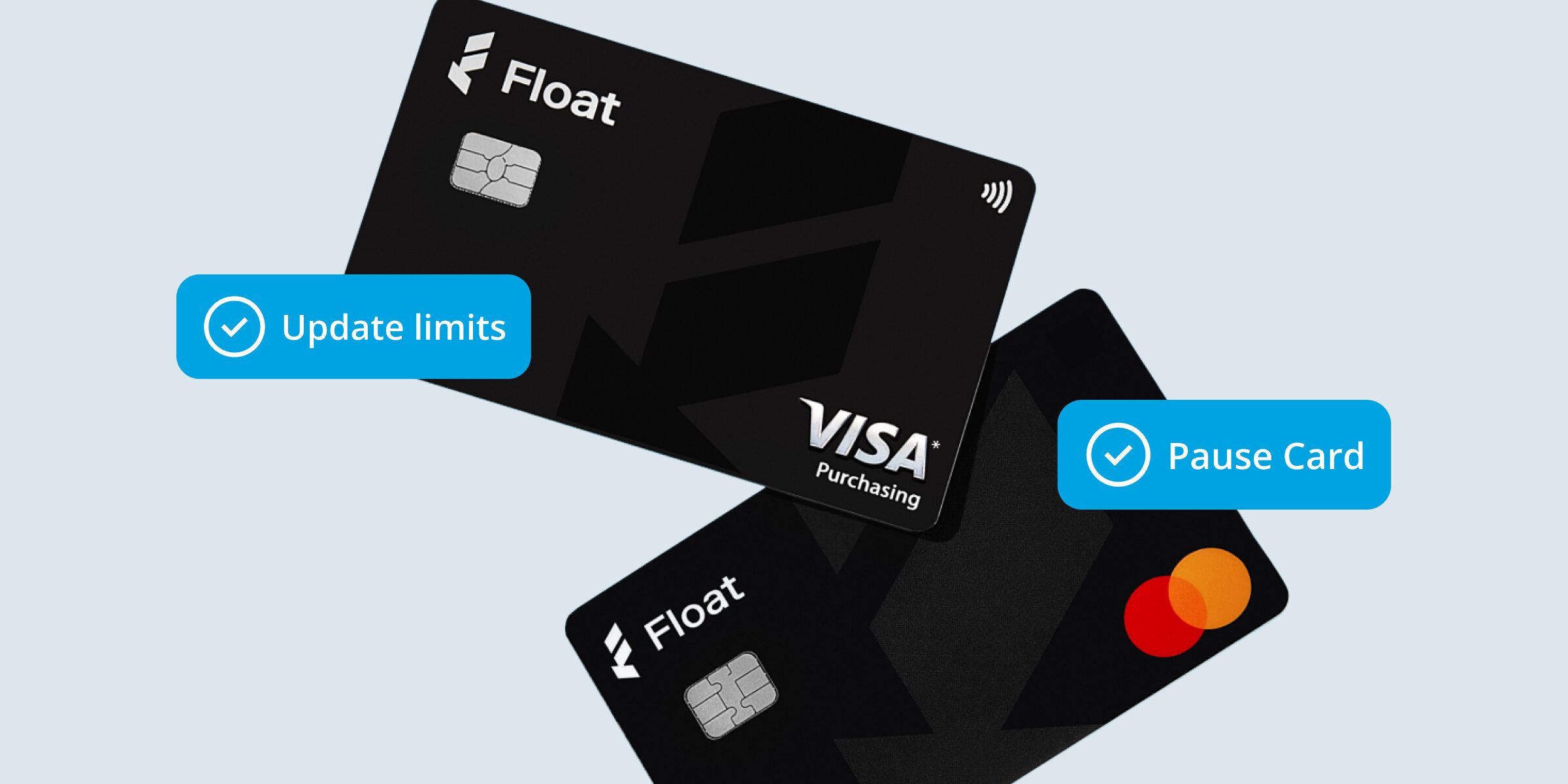
Corporate Cards
How to Control Employee Spending: 5 Tips for Finance Teams
Employee spending out of control? These five tips for finance teams will help you control employee spending with ease, without
Read More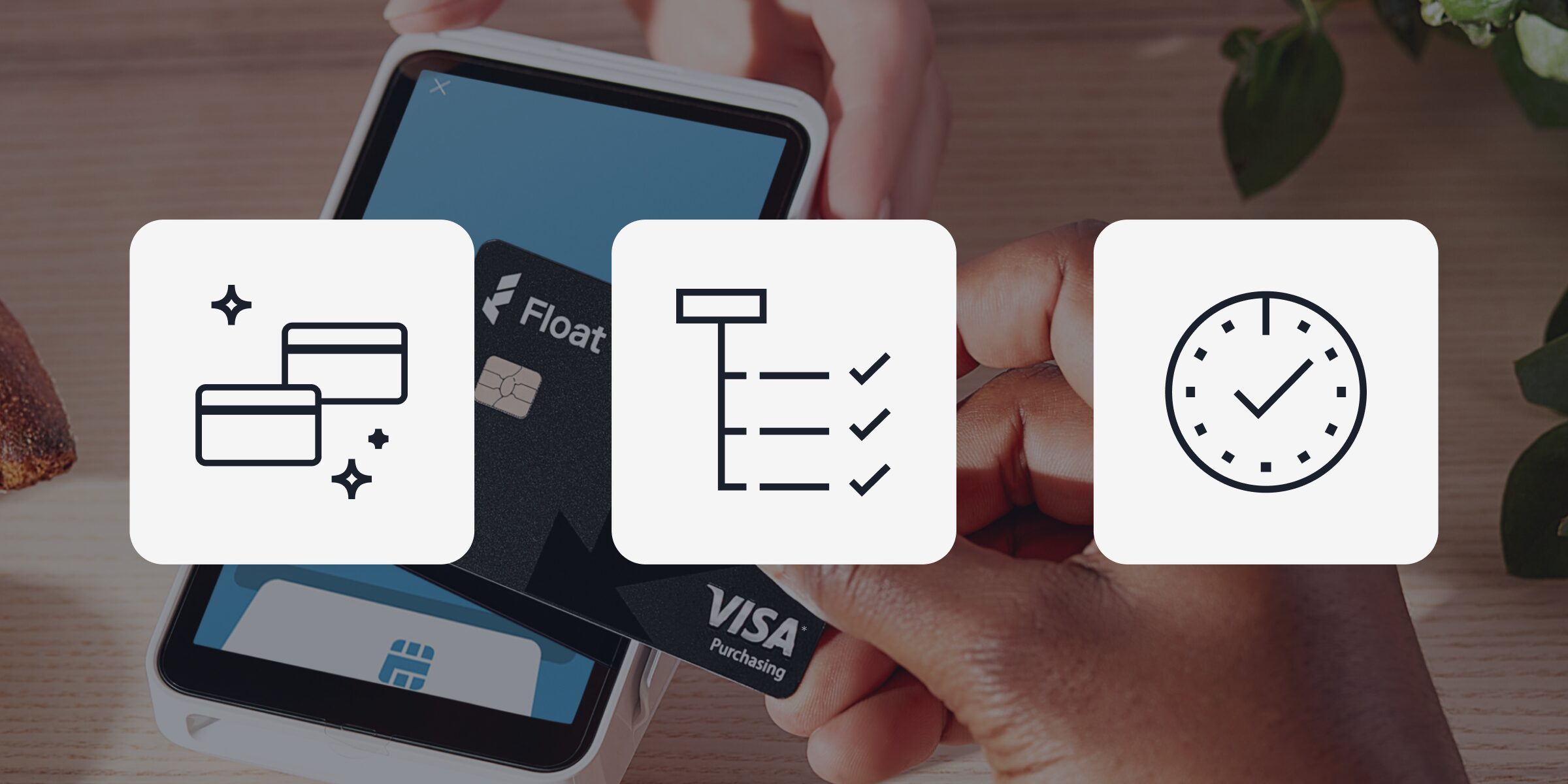
Corporate Cards
Corporate Card Alternatives: Comparing Your Options in 2025
Are your outdated cards slowing you down financially? Corporate card alternatives might be what will free you up — time-wise
Read More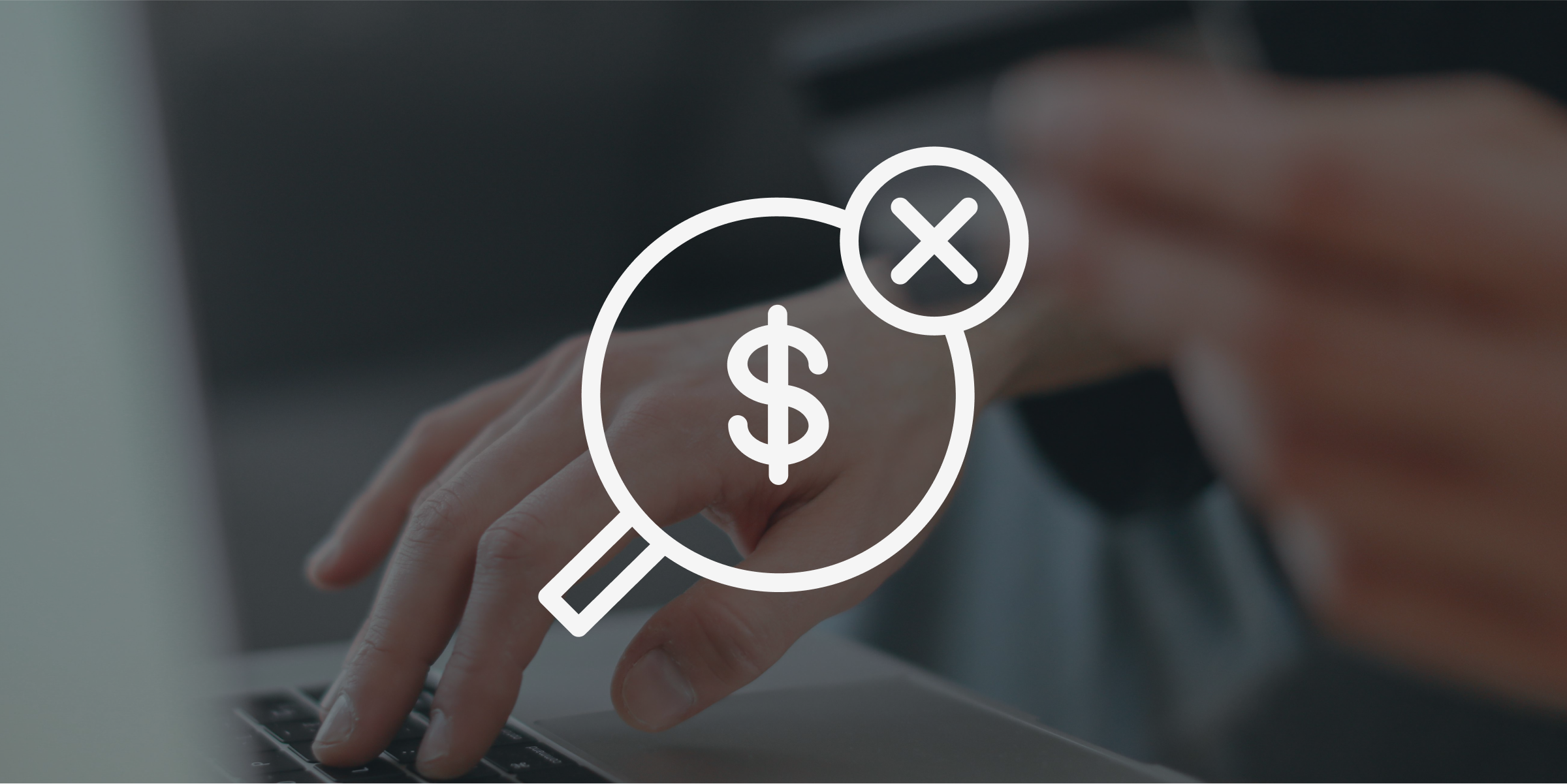
Corporate Cards
No Annual Fee Business Credit Cards: A Smarter Way to Manage Spend
You don't need to be saddled by hefty annual fees to get the most benefits from your business cards. Here's
Read More

